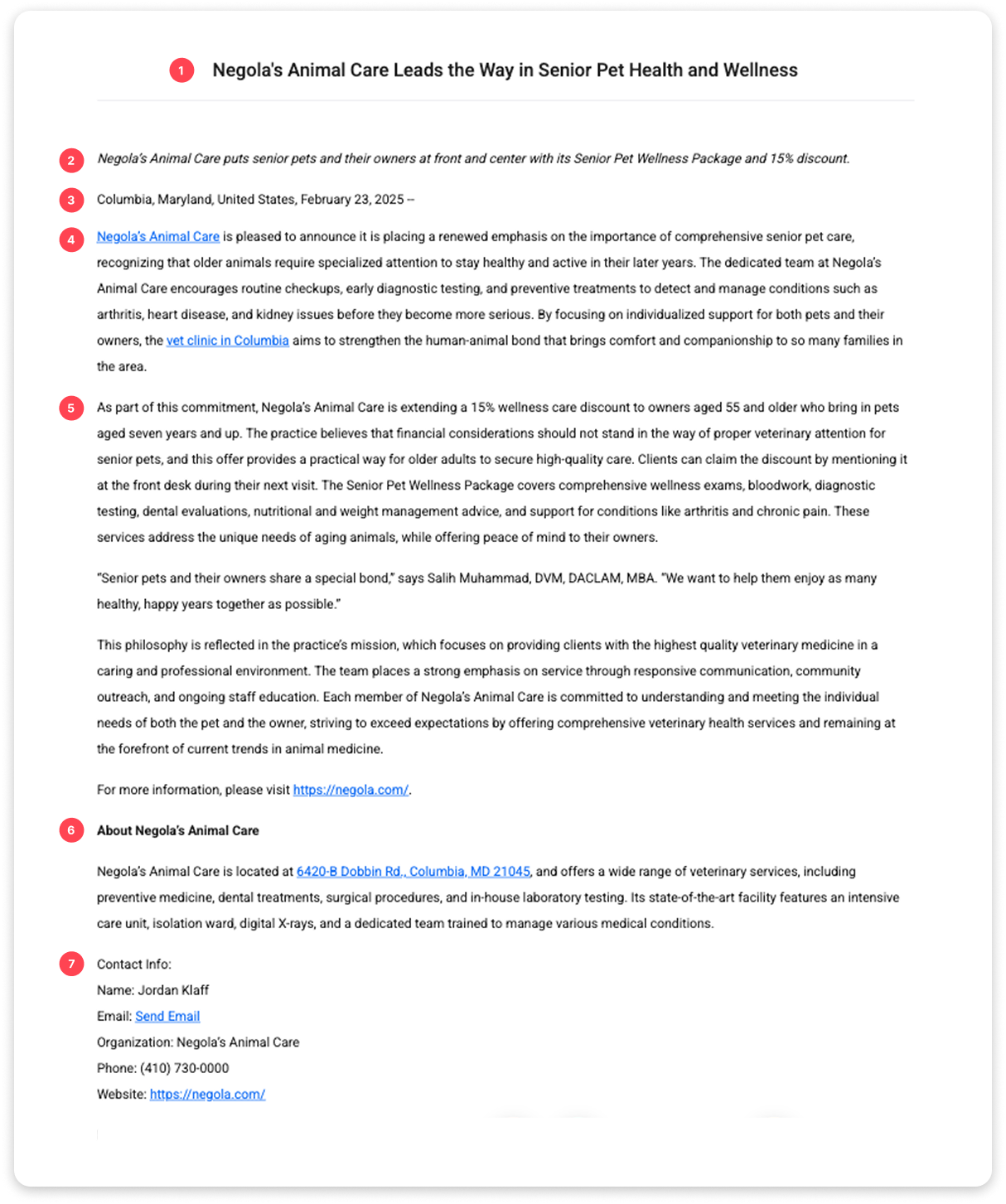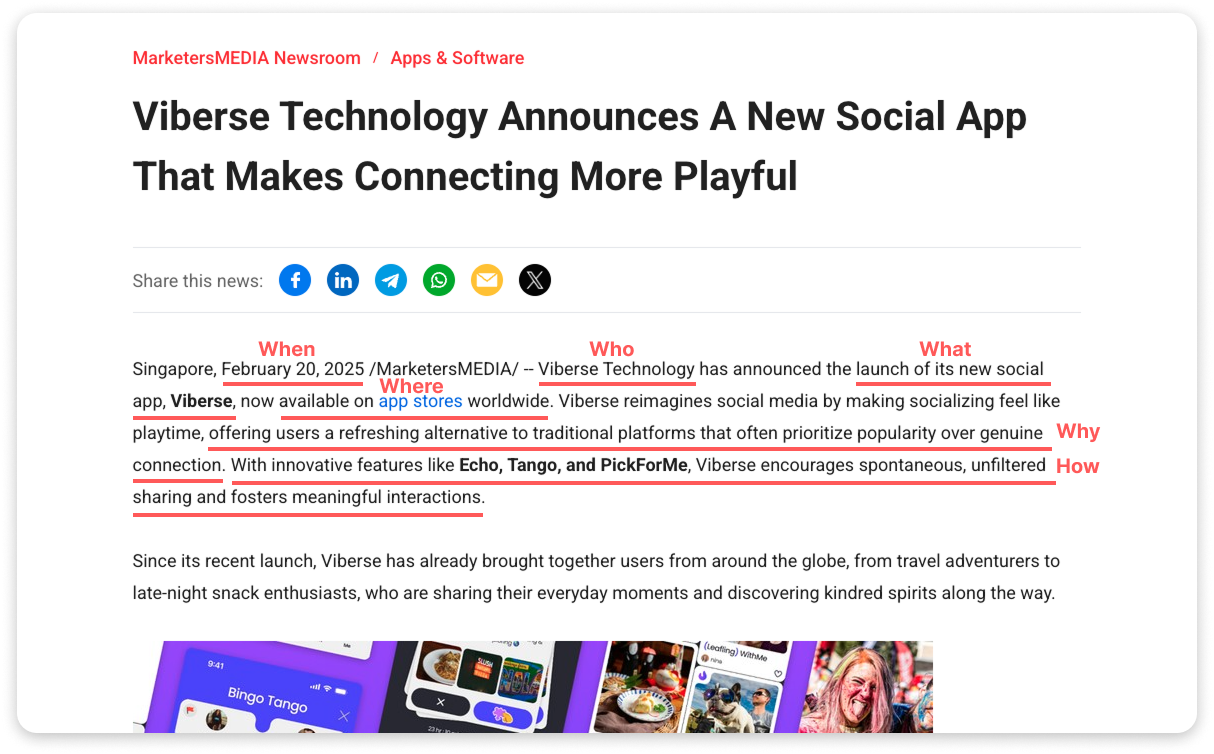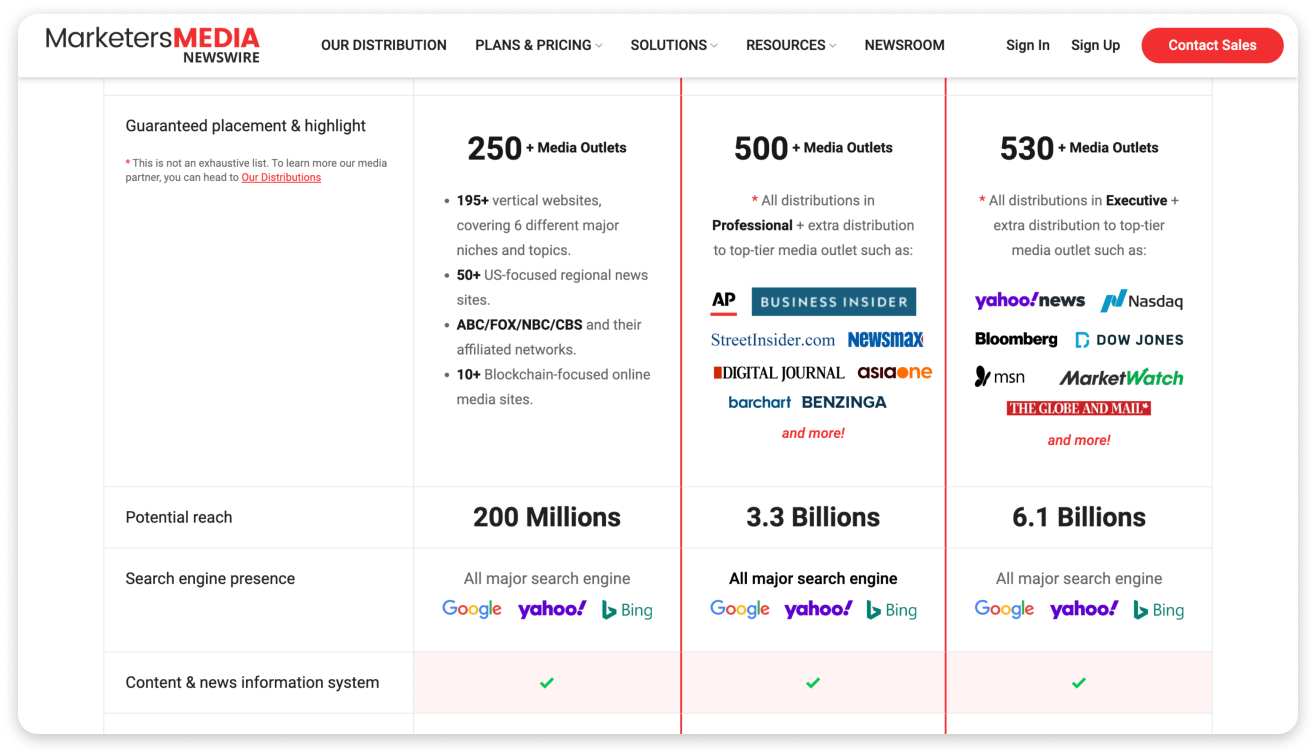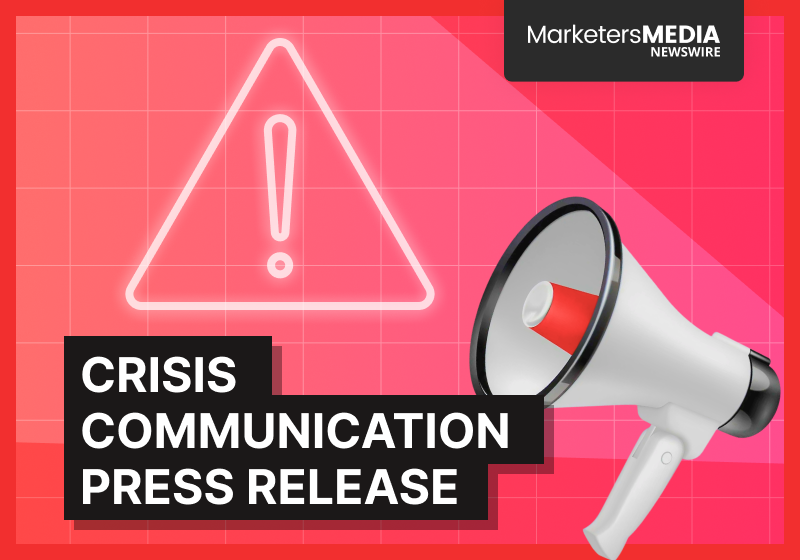Press releases continue to be a reliable way for companies to share news. They're pretty simple, really—just a short, factual document that tells journalists and the public what's happening with your business.
When you strip away the jargon, a press release is just a news announcement in a format journalists can easily use.
So why should you bother with press releases? A few solid reasons:
- You get to frame the story. You decide which aspects of your news to highlight.
- They help with visibility. Media coverage extends your reach beyond your existing audience.
- They add credibility. Getting mentioned in established publications builds trust.
- They can boost sales. New product announcements often generate customer interest, while good news can catch investors' eyes.
- They document your history. Over time, your press releases become a record of your company's journey.
Even with social media and other marketing options, a well-written press release still plays a major role in getting your news to the right people and generating buzz for your business.
Types of Press Releases
Companies send out press releases for all sorts of reasons. Some typical ones include:
- New Product or Service Launches tell people what you're offering, why it matters, and when they can get it.
- Company Updates cover things like moving offices, changing your brand, or shifting business focus.
- New Hire Announcements introduce important team additions, especially leadership roles.
- Event Announcements let people know about upcoming conferences, webinars, or openings.
- Award Announcements highlight industry recognition, boosting your credibility.
- Partnership Announcements announce business collaborations or joint ventures.
- Crisis Communications address problems or issues affecting your company.
- Financial Updates report on performance, funding, or other money-related news.
- Community Involvement Releases showcase charitable efforts, volunteer work, or social initiatives.
These represent just a handful of common types. For additional examples, check out our collection of press release examples for every occasion.
Now that you know the different types, let's talk about how to put together a press release that works.
Elements of a Press Release
One nice thing about press releases? The structure stays pretty consistent no matter what type you're writing.
A standard press release includes:
- Headline: A short, clear news announcement of what the news is about.
- Summary: A quick sentence adding context to the headline.
- Dateline: Where and when you're sending this from.
- First Paragraph: Answers who, what, when, where, and why in a few sentences.
- Body: More details that flesh out your announcement.
- Company Description: A paragraph about your business that you use in all your releases.
- Contact Info: Who to call or email for more information.
Example:
Best Practices for Writing a Press Release
Now it’s time to get practical. What separates press releases that get picked up from those that get ignored? It comes down to a few key things.
#1 Start with a Strong Foundation
Your headline needs to summarize your news announcement in a compelling way. Keep it under 100 characters if possible, and focus on the most newsworthy aspect of your announcement.
Example:
This version clearly states the announcement while maintaining a professional and newsworthy tone. For more tips on crafting strong headlines, check out this press release headline guide.
Once your headline has captured attention, your opening paragraph needs to deliver on that promise by answering all the essential questions journalists need to know.
Think of the famous five Ws:
- Who is involved?
- What happened?
- When did it happen (or when will it)?
- Where did it take place?
- Why should anyone care?
Example:
Journalists don't spend long deciding if a story is worth covering. If they can't find the main point quickly, they'll just move on to something else.
#2 Sound Professional, Not Promotional
For the rest of your release, keep your writing straightforward and factual.
Use third person throughout—say "The company" or "They" instead of "We" or "I." This makes your announcement sound more like news and less like a sales pitch.
Watch your language choices too. It's tempting to talk up your announcement, but avoid marketing speak. Journalists are allergic to hype.

Compare these two statements:
- "Our incredible new software will totally change how you work!" versus
- "The new software reduces data entry time by 60% and catches twice as many errors as previous versions."
The second one gives actual facts journalists can use. They'll take you more seriously, and they'll be more likely to cover your future announcements too.
Also, skip the industry jargon when possible. Many journalists cover multiple topics and might not know your specific field. When you need to use technical terms, add a quick explanation so everyone can follow along.
#3 Add Depth with Details and Quotes
Once you've covered the basics, use the middle of your release to build out the story.
Give some background that helps explain why this news matters now and how it fits into what's happening in your industry.
This helps reporters in two ways: they can put your story in context for their readers, and they can connect it to topics their audience already cares about.
Quotes add a human element to your release and give journalists ready-made material for their stories.
Good quotes don't just repeat information—they add insight or perspective. A CEO might say: "Our customers have been dealing with this issue for a while, and we knew collaboration was the best way forward. Together, we’re solving a real problem that neither of us could tackle alone."
This tells the "why" behind the announcement rather than just restating facts.
Customer quotes work really well too, since they show outside validation. Something like "This system cut our response times by 40% and we no longer need weekend overtime" gives concrete results that back up your claims.
When writing quotes, make them sound like something someone would actually say, not marketing copy with quotation marks.
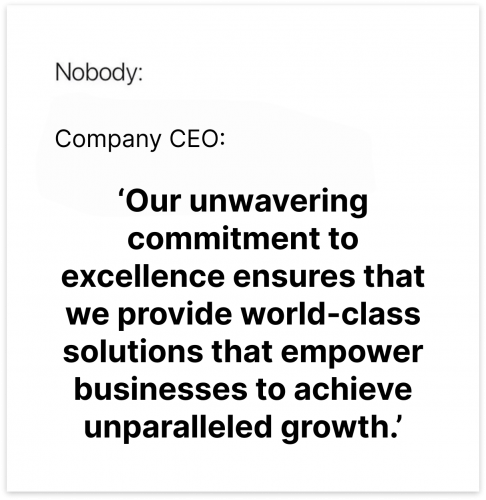
#4 Format for Readability
How your press release looks affects whether it gets read. Journalists prefer releases that follow standard formats because it makes their job easier.
Keep it brief—aim for one page (400-500 words). Break up text into short paragraphs of 2-3 sentences. This creates white space that makes your release easier to scan, which is how most journalists read.
For key information like features or stats, consider bullet points, but don't overdo it. Keep bullet points consistent in structure and length for a professional look.
At the end, include your standard company description paragraph. This shows up in all your releases and helps journalists who might not know your business. Include when you started, what you do, key accomplishments, company size, and your website.
Finally, add complete contact details for someone who can talk about the announcement. Include full name, job title, direct phone, and email for someone who can answer questions. Journalists on deadlines will skip your story if they can't quickly reach someone.
#5 Check Everything Twice
Before you send anything out, proofread thoroughly. Mistakes in a press release make you look careless and hurt your credibility. Have at least two people check for errors.
Pay close attention to names, dates, numbers, and facts. Make sure formatting stays consistent throughout, and check that you can back up any claims or statistics. Journalists notice these details—one error might make them question everything else in your release.
Also check that your writing style stays consistent. Sometimes when multiple people contribute, the tone shifts in ways that distract from your message. A final review ensures your announcement hangs together well and reflects positively on your business.
How to Distribute Your Press Release
After you've written a solid press release, you need a plan to get it in front of the right people. There are several ways to do that:
Press Release Distribution Services
A good distribution service gets your press release in front of thousands of readers, increasing the chances of media pickup. Instead of manual outreach, these services push your news to journalists, media outlets, and news platforms.
Most offer tiered pricing, with basic options placing your release on news sites and premium tiers reaching top media outlets and industry publications. Some also include extras like images, videos, embedded links, and guaranteed placements.
Analytics is another major benefit. The right service lets you track where your release was published, how many views it received, and what kind of impact it had. This helps you measure impact and refine future announcements.
Services like MarketersMEDIA Newswire provide all of this—distributing press releases to a vast network, including Business Insider, AP News, Barchart, and MSN. With wide reach and detailed reporting, you know exactly where your news is making an impact.
Direct Emails to Journalists
Build a list of journalists, bloggers, and influencers who cover your industry. Send them personal emails with your release and a brief note explaining why their readers would care about your news.
Need help crafting those emails? Take a look at our guide on how to pitch a press release via email.
Social Media Sharing
Post your press release on your company's social channels, adjusting the format for each platform:
- LinkedIn: Share the full release with a professional commentary
- X (formerly Twitter): Pull out a key statistic or quote with a link to the full release
- Facebook: Create a more conversational post highlighting what the news means for customers
- Instagram: Design a visual that captures the announcement with key points in the caption
Your Company Website
Your website should be the permanent home for all your press releases. Create a "Newsroom" or "Press" section that journalists can find easily.
Optimize release pages with relevant keywords in headlines, subheadings, and text. This helps people find your announcements through search engines long after you first share them.
Include downloadable images, logos, or videos media outlets can use with their stories. Add social sharing buttons so readers can easily pass along your news.
Wrapping Up
A thoughtfully written press release is still one of the best ways to get your news in front of the right people. Stick to these guidelines and you'll be creating announcements that actually catch attention, make your point clearly, and have a decent shot at getting picked up by the media.
Remember, the most effective press releases focus on what's genuinely newsworthy, not self-promotion. Keep it honest, accurate, and to the point, and you'll build good relationships with journalists and your audience.
With some practice, you'll get the hang of turning company news into stories journalists actually want to cover.
And when you're ready to send your news announcement out into the world, think about using a press release distribution service like MarketersMEDIA Newswire to help get your news in front of the right eyes.
And if you're looking to save some time, why not give MarketersMEDIA Newswire's AI Press Release Generator a try? It can help you create a solid first draft based on these best practices, which you can then tweak to match your company's voice. Because sometimes we all need a little help getting our thoughts on paper.
Now, take your company updates and turn them into stories worth sharing.
Free Press Release Template
Tell us where to send your PDF:





